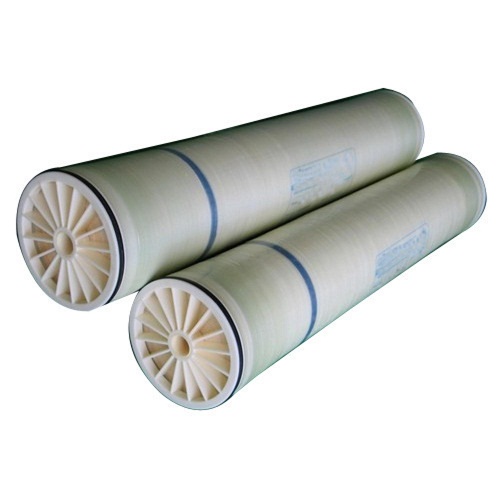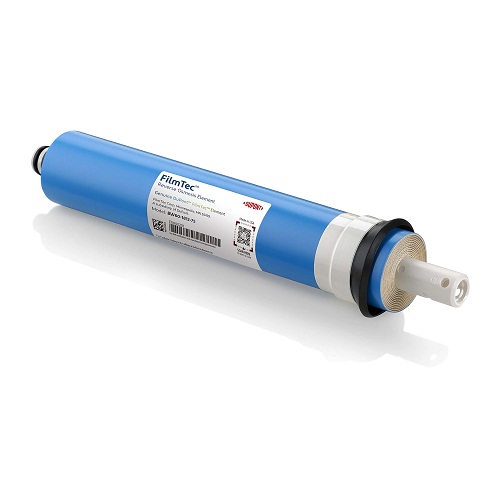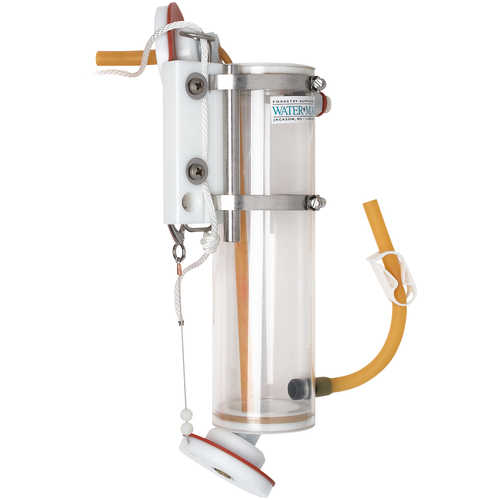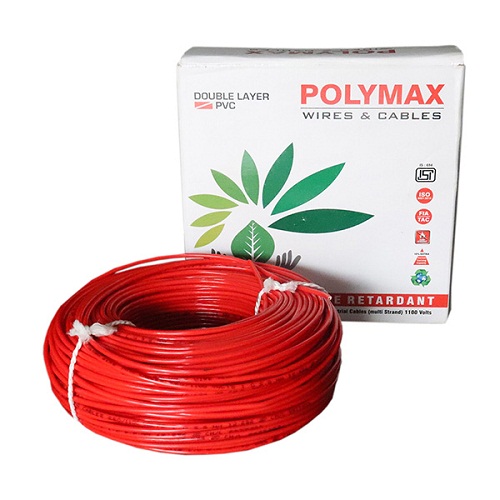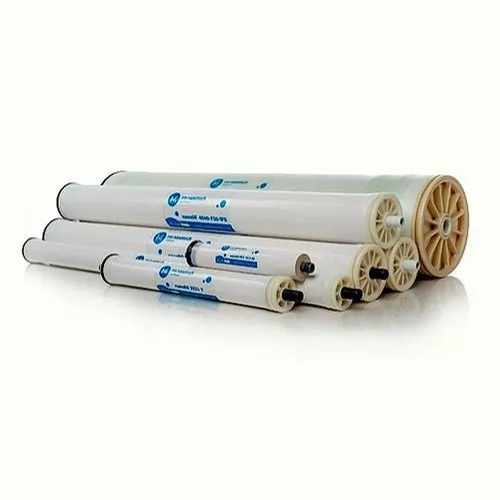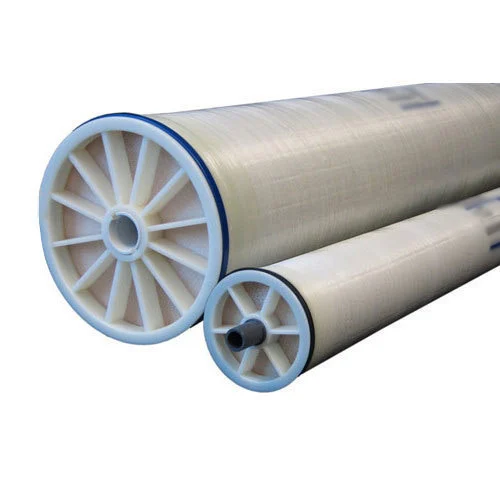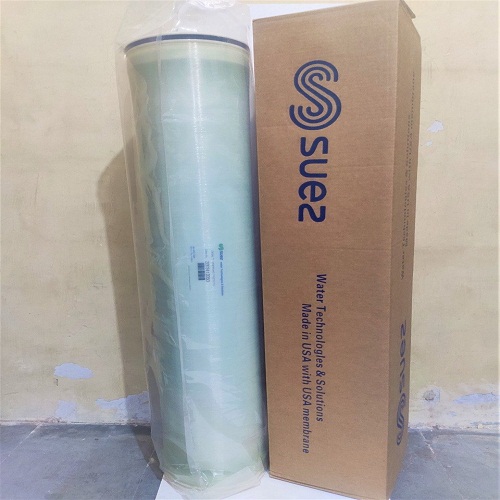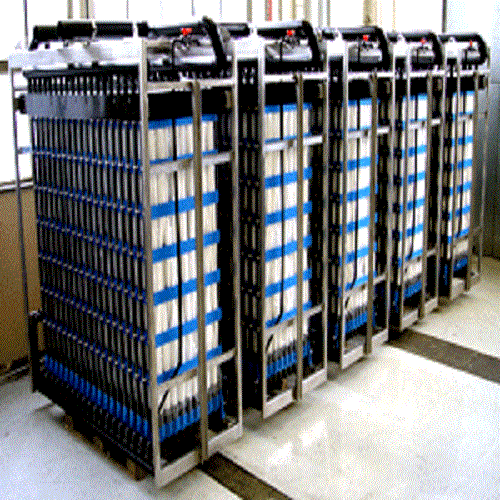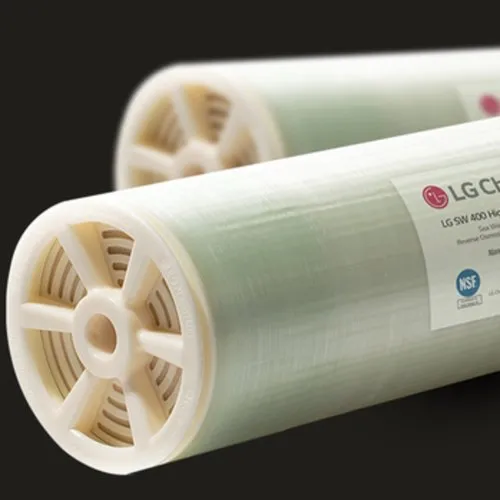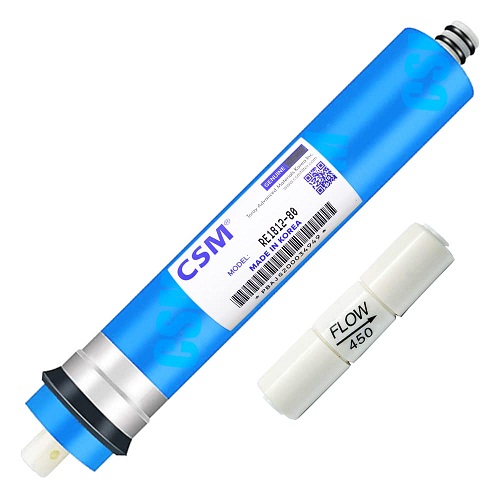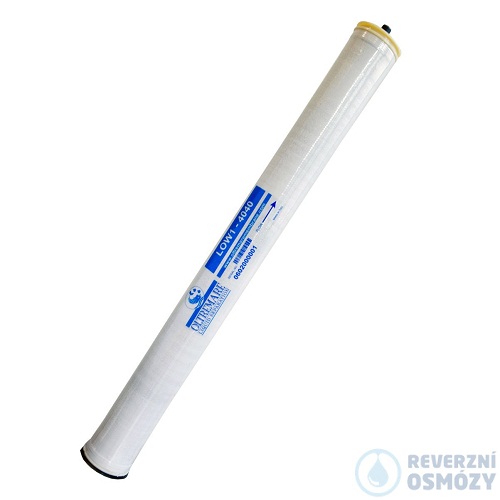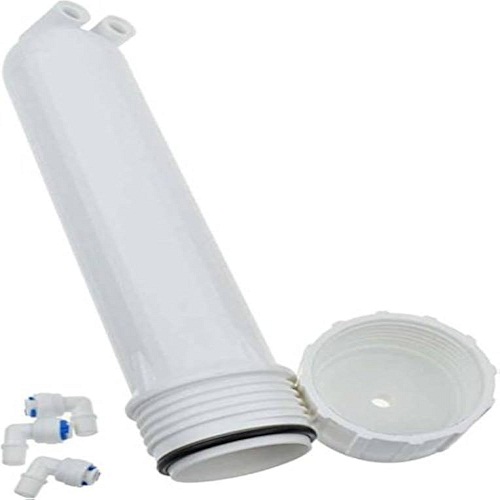
our category
MEMBRANE
What is a Membrane?
A membrane is a selective barrier that allows certain substances to pass through while blocking others. Membranes can be natural or synthetic and are commonly used in various processes, such as filtration, separation, and purification. They are typically thin, flexible layers that have the ability to control the movement of molecules, ions, and gases based on their size, charge, or chemical properties.
Membranes are widely used in industries ranging from water treatment to food processing, pharmaceuticals, and biotechnology. Depending on the specific application, different types of membranes are designed to filter out specific substances, such as bacteria, viruses, salts, and organic compounds.
Enquire Now
Types of Membranes
-
Microfiltration Membranes:
- Microfiltration (MF) membranes have pore sizes typically in the range of 0.1 to 10 microns and are used to filter out larger particles like bacteria, suspended solids, and debris. These membranes are commonly used in water treatment, food and beverage filtration, and pharmaceutical applications.
-
Ultrafiltration Membranes:
- Ultrafiltration (UF) membranes have smaller pores (typically in the range of 1 to 100 nanometers) and are used to remove smaller particles such as proteins, colloids, and certain bacteria. Ultrafiltration is often used in water purification, dairy processing, and the biotechnology industry.
-
Nanofiltration Membranes:
- Nanofiltration (NF) membranes have even smaller pores, typically in the range of 1 to 10 nanometers. These membranes can remove divalent ions, organic molecules, and small salts, making them ideal for water softening and industrial effluent treatment.
-
Reverse Osmosis Membranes:
- Reverse osmosis (RO) membranes are designed to remove ions, organic compounds, and dissolved salts from water. They have very fine pores, typically less than 1 nanometer, and are used in applications such as desalination, ultrapure water production, and water purification. Reverse osmosis is one of the most effective methods for producing high-quality, purified water.
-
Electrodialysis Membranes:
- Electrodialysis (ED) membranes are used in processes that rely on an electrical field to drive ions through the membrane, separating them into different streams. These membranes are commonly used in desalination, water treatment, and the production of chemical concentrates.
-
Gas Separation Membranes:
- Gas separation membranes are used to separate different gases based on their size, diffusivity, or solubility. These membranes are widely used in applications such as natural gas purification, oxygen enrichment, and carbon dioxide removal in industrial processes.
How Membranes Work
Membranes work through a combination of physical, chemical, and sometimes electrical mechanisms. The key processes through which membranes operate include:
-
Sieving: Membranes can act as sieves, where the pores allow certain particles or molecules to pass through based on their size, while larger particles are blocked. For example, in microfiltration, bacteria are retained while water and dissolved solids pass through.
-
Diffusion: In processes like reverse osmosis, molecules move through the membrane via diffusion, which depends on the concentration gradient (from high to low concentration) of the substance being filtered.
-
Electrostatic Forces: In some membranes, especially in processes like electrodialysis, charged ions are attracted or repelled based on their charge and the applied electric field.
-
Osmotic Pressure: In reverse osmosis, osmotic pressure is used to force water through the membrane, leaving behind dissolved salts and other contaminants.
Applications of Membranes
-
Water Treatment and Purification: Membranes are widely used in water treatment processes, including:
- Desalination: Reverse osmosis membranes are commonly used to remove salt and other impurities from seawater, making it suitable for drinking and irrigation.
- Wastewater Treatment: Membranes are used in membrane bioreactors (MBRs) and ultrafiltration systems to treat municipal and industrial wastewater, helping to remove organic compounds, pathogens, and suspended solids.
- Drinking Water Filtration: Membranes such as microfiltration and ultrafiltration are used in household water filters and large-scale water purification systems to ensure safe and clean drinking water.
-
Food and Beverage Industry: Membranes are used in various food processing applications, such as:
- Dairy Processing: Ultrafiltration membranes are used in processes like milk filtration, concentrating whey, and producing dairy products like cheese and yogurt.
- Fruit Juice Concentration: Reverse osmosis and nanofiltration are used to concentrate fruit juices and remove unwanted elements without affecting the flavor or nutritional content.
-
Pharmaceutical and Biotechnology Applications:
- Drug Purification: Membranes are used in the pharmaceutical industry for the filtration and purification of drugs, proteins, and other bio-products. Ultrafiltration and nanofiltration are particularly useful for removing impurities and concentrating therapeutic proteins.
- Sterilization: Membranes can be used to sterilize liquids by removing bacteria, viruses, and other pathogens, especially in biotech and laboratory environments.
-
Industrial Applications:
- Gas Separation: Membranes are used in processes such as natural gas purification, where they separate gases like carbon dioxide (COâ‚‚) from methane (CHâ‚„), or in the oxygen enrichment of air for medical or industrial uses.
- Solvent Recovery: Membranes are used in the recovery of valuable solvents in industries such as petrochemicals, textiles, and food processing.
-
Medical Applications:
- Dialysis: In medical treatments such as hemodialysis, membranes are used to filter waste and excess fluids from the blood in patients with kidney failure. These membranes have very small pores that allow the diffusion of waste products while retaining essential blood cells and proteins.
Advantages of Membranes:
- Efficiency: Membrane processes are often highly efficient at separating specific particles or molecules, especially in applications like water treatment and gas separation.
- Scalability: Membrane technologies can be scaled up or down, making them suitable for both small-scale (e.g., household water filtration) and large-scale industrial applications (e.g., desalination plants).
- Low Energy Consumption: Compared to traditional separation technologies (like distillation), membrane-based processes often require less energy, especially in water treatment and filtration applications.
- Selective Filtration: Membranes can be designed to selectively filter specific contaminants, improving the quality of the final product (e.g., ultra-pure water, food, or pharmaceuticals).
Disadvantages of Membranes:
- Fouling: Membranes can become clogged or fouled by particles, organic matter, and salts, reducing their efficiency. Regular cleaning or periodic replacement may be required.
- High Initial Cost: The initial investment in membrane technology can be expensive, especially for high-performance membranes like reverse osmosis.
- Membrane Lifetime: The lifetime of a membrane can vary depending on the type of process and the nature of the feedwater or solution being treated. Regular maintenance is essential to extend their lifespan.
Conclusion
Membranes are vital tools in modern industries for separation, filtration, and purification. Their applications range from water treatment and food processing to pharmaceuticals, biotechnology, and industrial manufacturing. The versatility, efficiency, and selective properties of membranes make them an indispensable technology in achieving high-quality outcomes across various sectors. Despite some challenges like fouling and maintenance, ongoing innovations in membrane technology continue to improve their performance, reducing costs, and expanding their use.
